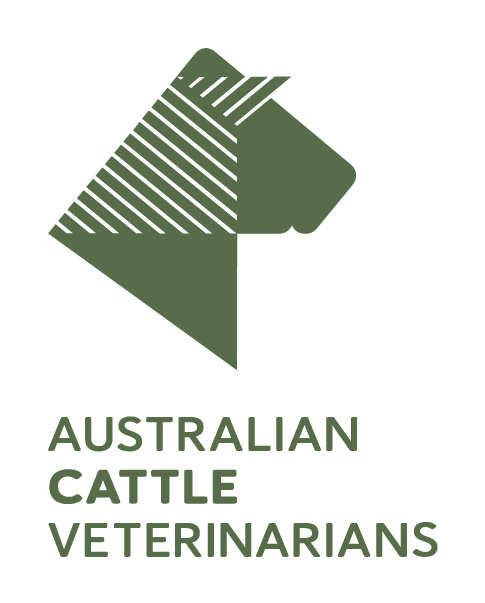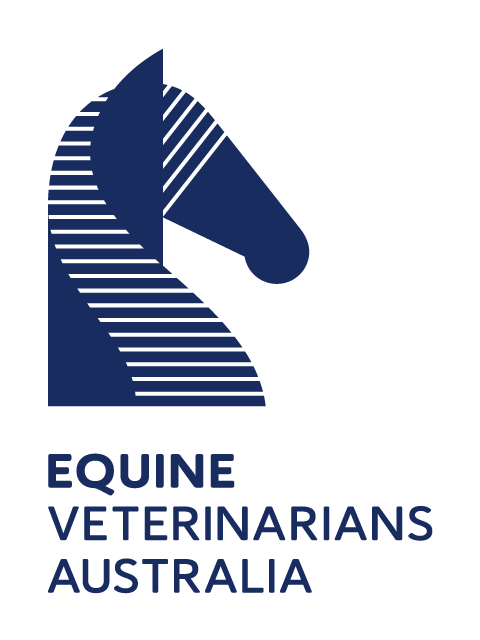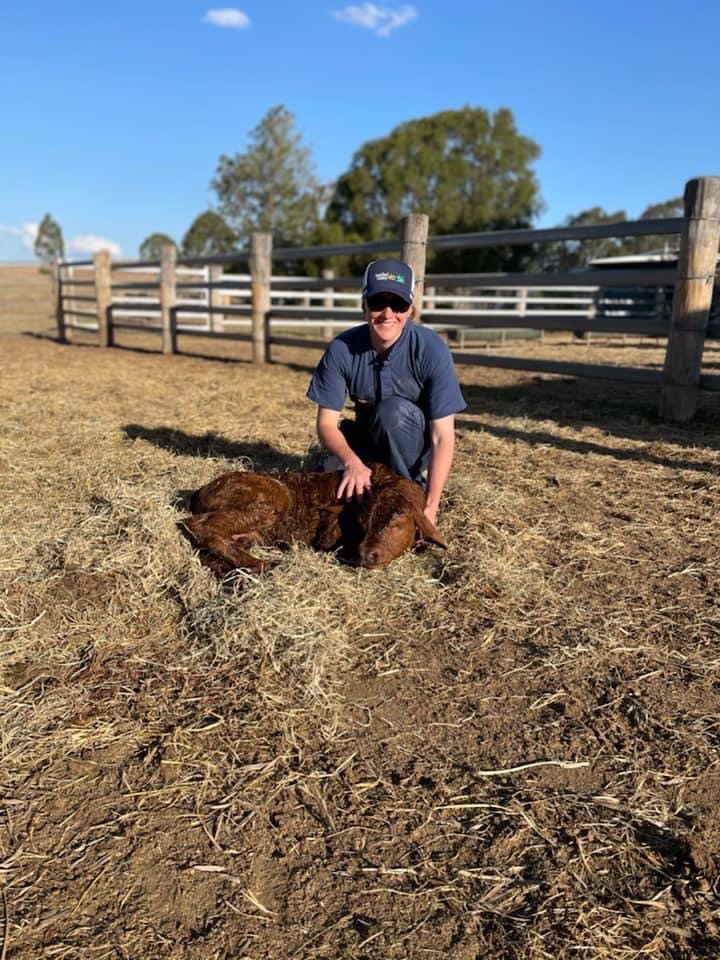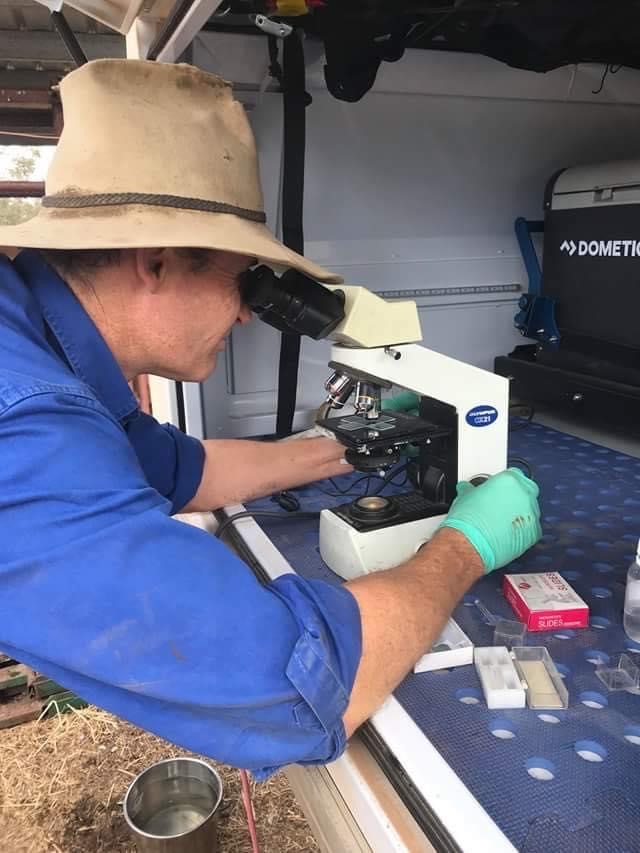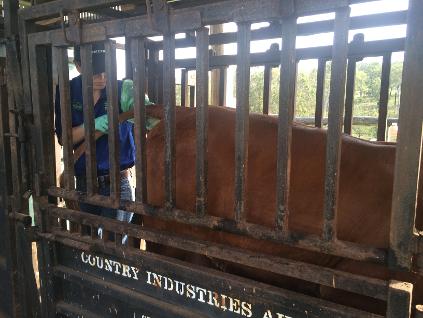
1. Identify and cull any “freeloaders” in your herd
An empty cow means no income or cashflow. Like any production business, when you have faulty equipment (an infertile cow) it needs to be replaced with working equipment in order to secure production income (calves) into the future. By not culling empty cows from your herd, it actually costs you money – the grass that one cow eats is worth about $3 per head per week. Although this is not a cash cost, the reality is if you didn’t have those cows eating your grass you could be getting an agistment income from someone else for this grass. So, we must treat grass as $$$ !
There are also herd health costs including supplements, vaccines and tick treatments. So the sooner you detect an empty cow in your herd and sell her, the more money you will save. It also gives you the opportunity to look for good quality replacement females sooner. For example, PTIC cows will secure your cashflow in the following year, and guarantees you fertile “equipment” in your production factory.


